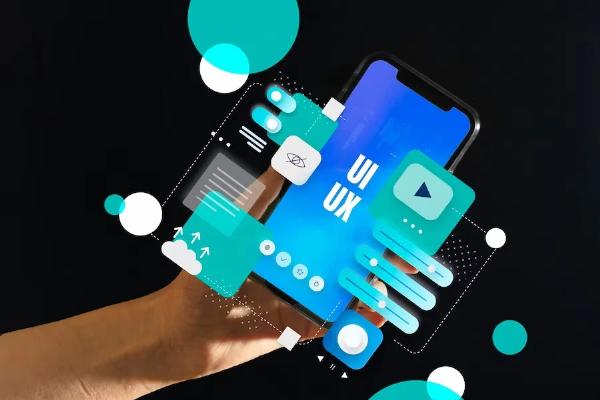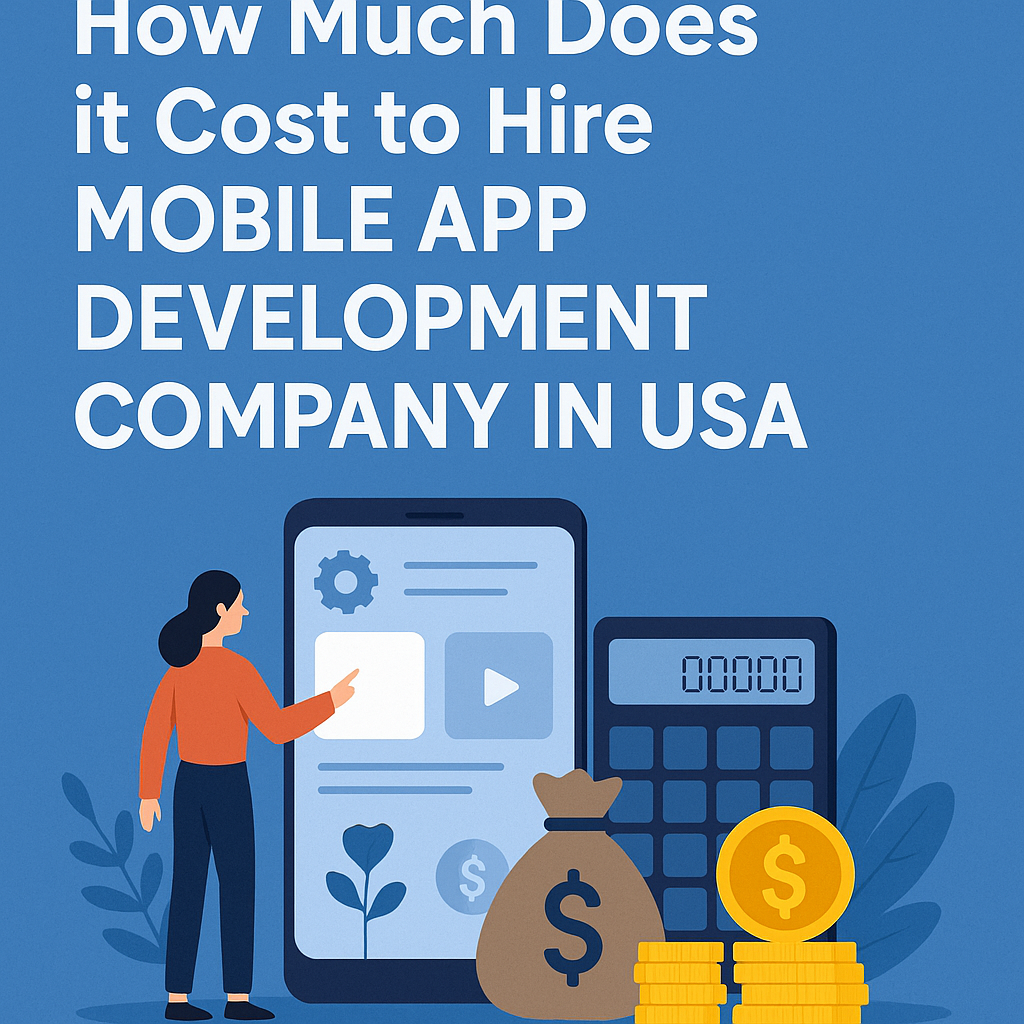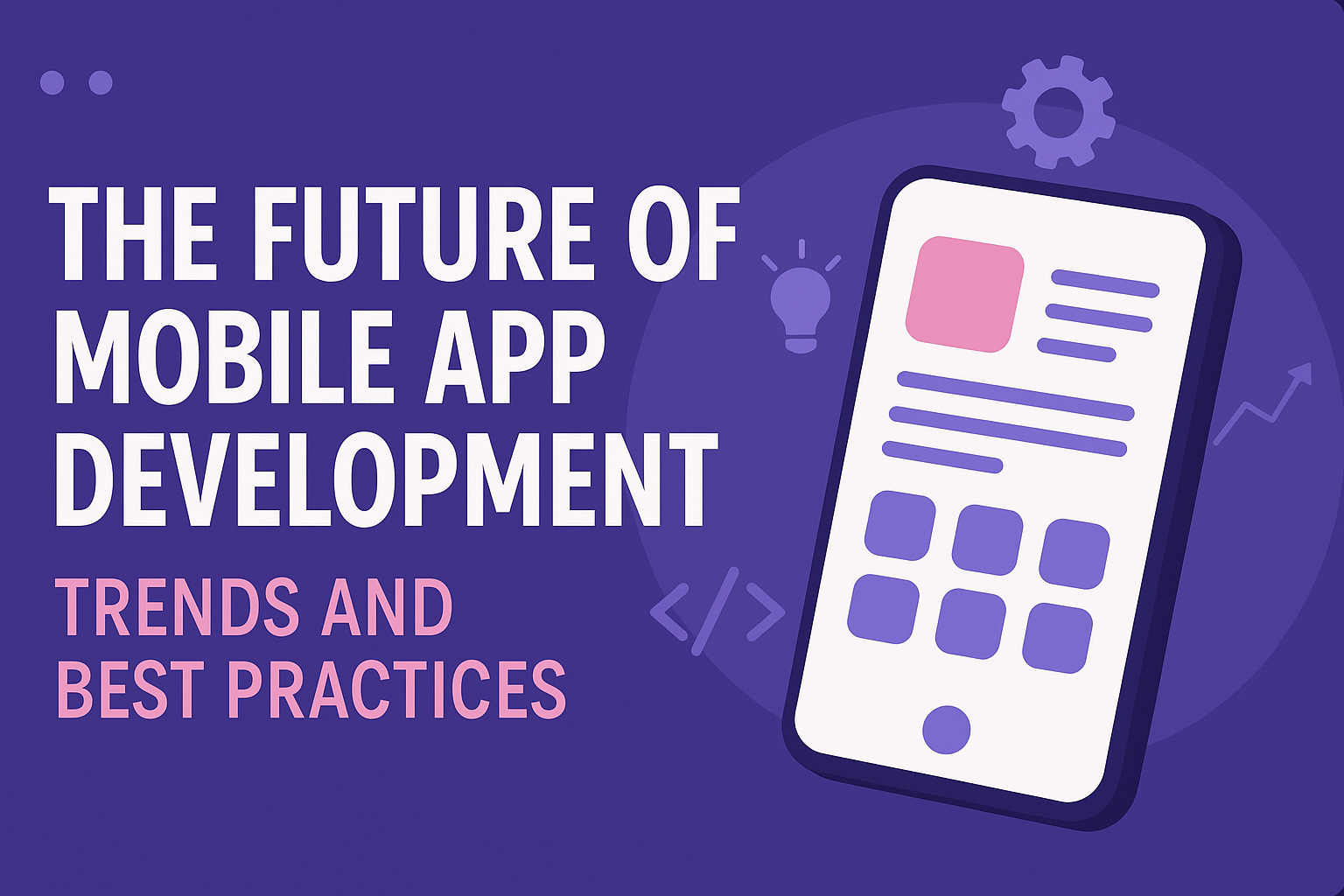The Crucial Role of UX/UI Design in Mobile App Development: How to Create User-Centric Apps That Stand Out

In today’s digital landscape, the sheer number of mobile apps available for download can be overwhelming. With millions of apps competing for attention, how do certain apps manage to capture and retain users while others struggle? The secret lies in effective UX (User Experience) and UI (User Interface) design. When done right, these elements not only make an app visually appealing but also ensure it is intuitive, functional, and user-centric. Let’s delve deeper into the crucial role of UX/UI design in mobile app development and explore how developers can craft apps that truly stand out.
✍️ If you’ve ever wondered how apps make it to the App Store or Google Play, our app publishing guide walks you through deployment and compliance steps.
The Intersection of Design and Functionality
User experience (UX) and user interface (UI) design are often discussed together, but they serve distinct purposes in app development. UX design focuses on the overall feel of the app—the ease of use, accessibility, and user satisfaction when navigating the app. UI design, on the other hand, deals with the aesthetics, such as typography, colors, and button placements, which guide the user through the app’s functionalities.
When mobile game developers for hire approach a new project, one of the first things they consider is how the game’s design will enhance user engagement. The principles they apply in game development—creating smooth, enjoyable interactions and a visually appealing environment—are similar to those used in broader mobile app development. It’s this synergy between design and functionality that separates successful apps from those that are quickly abandoned.
The Significance of User-Centric Design
A user-centric approach to app development means designing with the end-user in mind at every stage. A visually stunning app is useless if users can’t figure out how to use it. That’s why it’s essential to integrate user feedback and iterative testing early and often. Apps like Instagram, Uber, and Airbnb have become indispensable because they prioritize user needs and adjust their designs based on real-world feedback.
To achieve this level of user-centricity, developers often employ techniques like user personas, user journey mapping, and wireframing. These strategies allow developers to anticipate user needs, streamline navigation, and reduce friction points that could lead to user frustration. In fact, some of the best mobile app experiences are born from this kind of rigorous user testing, where every screen, button, and interaction is crafted with purpose.
Balancing Visual Appeal with Usability
It’s easy to get lost in the aesthetics of an app—after all, an app needs to be visually engaging to attract users. However, an overemphasis on design can sometimes backfire if it compromises usability. Striking the right balance between a clean, modern look and seamless functionality is key. For instance, minimalist design trends may be attractive, but if they result in unclear navigation or hidden options, users may abandon the app out of frustration.
This is where UX/UI design becomes critical. Ensuring that visual design serves the app’s functionality, rather than detracts from it, is a hallmark of successful apps. Designers often follow guidelines like Apple’s Human Interface Guidelines or Google’s Material Design principles, which provide best practices for creating apps that are both beautiful and intuitive.
The Role of UX/UI in Retaining Users
Acquiring users is just the first step; retaining them is the real challenge. A poor user experience is one of the leading causes of app uninstalls. According to a survey by Localytics, nearly 25% of users abandon an app after just one use. This highlights the importance of a smooth onboarding process and clear value proposition right from the start.
The onboarding experience should be short, engaging, and informative, guiding users through key features without overwhelming them. Progressive disclosure—revealing information gradually—can help users feel more comfortable as they explore the app. Additionally, micro-interactions (like animations, feedback loops, and gestures) can create a sense of delight, making the user feel more connected to the app.
Accessibility in UX/UI Design
Another critical factor that’s becoming increasingly important in mobile app design is accessibility. An app should be usable by everyone, including people with disabilities. This is where thoughtful UX/UI design comes into play. Features like screen reader compatibility, voice commands, and adaptable font sizes can make a significant difference in the usability of an app for a diverse audience.
Accessibility considerations should be integrated from the beginning of the design process, rather than treated as an afterthought. For example, color contrast and font size are not just aesthetic choices; they directly impact the readability and usability of the app for people with visual impairments. The World Wide Web Consortium (W3C) provides detailed guidelines that developers can follow to ensure their apps are inclusive and accessible.
Crafting Seamless Navigation and Flow
One of the most essential aspects of a successful mobile app is its navigation. Users should be able to find what they need quickly and efficiently. A cluttered or confusing navigation structure can lead to frustration and, ultimately, app abandonment. A well-designed navigation system is intuitive, offering clear pathways and minimal steps to complete tasks.
A common approach is to implement a bottom navigation bar for quick access to key features. Additionally, a clear hierarchy, using headers and subheaders, ensures that users can easily distinguish between primary and secondary functions. Consistency in design elements—like the placement of buttons, icons, and menus—across all screens also helps build user familiarity and reduces learning curves.
The Influence of Micro-Interactions
Micro-interactions are subtle, almost imperceptible design elements that greatly enhance the user experience. These can be as simple as a loading animation, a button that changes color when pressed, or haptic feedback when a task is completed. While small, these interactions add layers of satisfaction and engagement, making the app feel more interactive and responsive.
For mobile game developers, these micro-interactions are often essential for keeping users immersed in the gaming experience. The same principles apply to general app development—whether it’s a social networking app or a productivity tool. Thoughtfully designed micro-interactions can guide users smoothly through an app while providing feedback and rewarding their actions.
Customization and Personalization
Personalization is increasingly important for users. People are more likely to stick with an app if it feels tailored to their needs and preferences. This can be as simple as allowing users to customize their dashboard, choose themes, or receive content recommendations based on their usage patterns.
While personalization can be a powerful tool, it should be balanced with simplicity. Overloading users with too many options or settings can lead to decision fatigue. Instead, prioritize key personalization features that enhance the user experience without adding unnecessary complexity.
The Future of UX/UI in Mobile App Development
As technology evolves, so does UX/UI design. Emerging technologies like AI, AR, and VR are opening up new possibilities for creating more immersive and intuitive user experiences. For example, voice user interfaces (VUIs) and gesture-based controls are changing how users interact with apps, making them more accessible and user-friendly.
For a healthcare app developer, integrating AI-driven features like predictive analytics or personalized health recommendations could greatly enhance the user experience. Similarly, AR-enabled features could make healthcare apps more interactive, offering virtual guides or real-time health tracking overlays.
Conclusion: Creating User-Centric Apps That Stand Out
In an increasingly competitive app market, exceptional UX/UI design is a key differentiator. It’s not enough to have an app that looks good; it must also provide a seamless, user-centered experience that caters to both functionality and aesthetics. From intuitive navigation and accessibility to personalized experiences and engaging micro-interactions, every aspect of the design should contribute to an app’s usability and user satisfaction.
Note: IndiBlogHub features both user-submitted and editorial content. We do not verify third-party contributions. Read our Disclaimer and Privacy Policyfor details.







